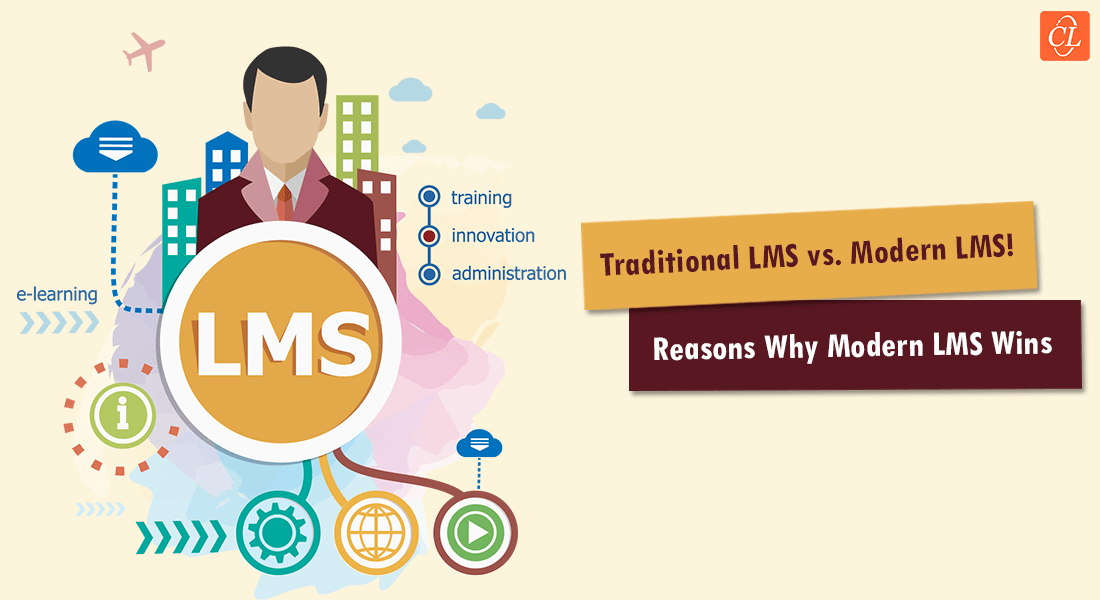How to Capitalize on Blended Learning for Safety Training? [Explained]
Safety training is invaluable for ensuring a risk-free work environment. Read on to know how you can capitalize blended learning for the same.

In today's dynamic work environment, safety training is no longer a one-size-fits-all endeavor. Traditional classroom-based instruction can be time-consuming and disruptive to daily operations. Blended learning, however, offers a powerful solution that merges online learning modules with in-person elements to create a flexible, engaging, and effective approach to safety training.
You Can Capitalize Blended Learning for Safety Training
Here’s how:
- Strategic integration of technology
- Microlearning for retention
- Personalized learning paths
- Data-driven insights
- Social learning dynamics
Well, there’s more. Continue reading...
This blog explores nine practical ways to capitalize on blended learning for safety training:
How to Capitalize Blended Learning for Safety Training?
1. Strategic Integration of Technology
The rise of technology opens doors for immersive and engaging safety training experiences.
- Virtual Reality (VR): Imagine placing employees in realistic yet safe virtual environments to practice emergency procedures or experience the consequences of unsafe behaviors firsthand. VR simulations can be particularly effective for high-risk training scenarios like fire drills or confined space entry procedures.
- Augmented Reality (AR): AR overlays digital information onto the real world, allowing employees to visualize safety protocols in their actual work environment. Imagine workers scanning equipment with their smartphones or tablets and receiving overlaying instructions on proper operation and maintenance procedures.
→ Download Now: Is Blended Learning The Right Choice for You?
2. Microlearning for Retention
Adult learners often struggle with retaining large amounts of information delivered in a single session. Microlearning, with its focus on short, focused learning modules, addresses this challenge perfectly.
- Develop bite-sized lessons that target specific safety protocols, procedures, or regulations.
- Deliver microlearning content through online modules, mobile apps, or short explainer videos.
- Break down complex topics into easily digestible chunks, making it easier for learners to retain information and apply it in real-world scenarios.
3. Personalized Learning Paths
A one-size-fits-all approach doesn't cater to individual learning styles or employee needs. Blended learning allows for personalized learning paths that cater to diverse preferences and skill levels.
- Conduct pre-assessments to identify knowledge gaps and tailor training modules accordingly.
- Offer employees choices in learning formats – text-based modules, video tutorials, interactive quizzes – to cater to individual learning preferences.
- Provide opportunities for self-directed learning, allowing employees to explore topics based on their specific roles and areas of responsibility.

4. Data-Driven Insights
Blended learning offers valuable opportunities to leverage data and analytics to continuously improve your safety training programs.
- Track learner engagement with online modules, completion rates, and performance on assessments.
- Use data to identify areas where learners struggle and refine content to address knowledge gaps.
- Analyze data on safety incidents to identify trends and tailor training programs to address specific areas of concern.
5. Social Learning Dynamics
Safety training doesn't have to be an isolated experience. Blended learning can foster a culture of social learning where employees share experiences and learn from each other.
- Create online forums or discussion boards where employees can ask questions, share best practices, and learn from each other's experiences.
- Facilitate group activities and collaborative projects during in-person training sessions to encourage knowledge exchange and peer-to-peer learning.
6. Scenario-Based Learning
Moving beyond theoretical concepts, scenario-based learning allows employees to apply their knowledge and decision-making skills in simulated real-world situations.
- Develop realistic scenarios that mirror potential safety hazards or emergency situations employees might encounter on the job.
- During in-person training sessions, role-play these scenarios, allowing employees to practice critical thinking, communication skills, and emergency procedures.
- Use technology tools like VR simulations to create even more immersive and realistic scenario-based learning experiences.
How Does Scenario-Based Learning Engage Learners? [Video]
7. Continuous Improvement Loop
Safety training should be a dynamic process, evolving alongside industry best practices and changing safety regulations. Blended learning facilitates a continuous improvement loop for your safety training programs.
- Create a system where employees can provide feedback on existing training modules and suggest areas for improvement.
- Conduct regular reviews of safety data and incident reports to identify emerging trends and adjust training content accordingly.
- Encourage a culture of open communication where employees feel comfortable reporting near misses or safety concerns, allowing you to proactively address potential hazards and update training content as needed.
8. Leadership Involvement
Leaders play a crucial role in establishing a strong safety culture within an organization. Their active participation in blended learning programs sends a powerful message about the importance of safety.
- Encourage leadership to champion safety initiatives and actively participate in safety training sessions.
- Leaders can deliver introductory modules or share their own safety experiences to inspire employees and reinforce the importance of safe work practices.
9. Virtual Instructor-Led Training (VILT)
- Blended learning offers the flexibility to integrate live, online training sessions led by qualified instructors. VILT bridges the gap between self-paced online modules and in-person training, offering a flexible yet structured environment for learners to engage with instructors and peers, ask questions, and receive immediate feedback.
Effective Implementation of VILT:
- Choose the right platform: Select a user-friendly VILT platform with features like screen sharing, breakout rooms, and interactive whiteboards.
- Prepare your instructors: Ensure instructors are comfortable using the VILT platform and skilled at facilitating online sessions.
- Promote interaction: Encourage active participation through polls, quizzes, and breakout room discussions to keep learners engaged.

Conclusion: A Winning Combination
Blended learning offers a winning combination of flexibility, engagement, and effectiveness for safety training. By incorporating the nine strategies explored in this blog – from leveraging technology to fostering social learning – you can create a comprehensive and adaptable safety training program that empowers your workforce to prioritize safety at every turn.
Ready to explore blended learning for your safety training programs? We can help! Here’s a checklist to help you launch a successful blended learning program.





